10 Sunken Cities and Lost Civilizations Hidden Beneath the Sea
Discover the fascinating world of sunken cities and lost civilizations hidden beneath the sea. For centuries, these submerged locations have sparked curiosity and mystery, offering a glimpse into ancient societies that once thrived. From the legendary Atlantis to the sunken ruins of Egypt, these cities hold secrets that continue to captivate archaeologists and historians alike. Many of these forgotten places were lost due to natural disasters, rising sea levels, or cataclysmic events. Today, underwater archaeologists are uncovering new insights into these ancient worlds. With advanced diving technology, we are learning more about these once-great civilizations and their incredible histories.
This post may contain affiliate links, which helps keep this content free. Please read our disclosure for more info.
Atlantis, The Lost City

The legend of Atlantis has captivated people for centuries, with theories about its existence still widely debated. According to ancient Greek philosopher Plato, Atlantis was a powerful civilization that sank into the ocean after a cataclysmic event. While its exact location remains unknown, some theories suggest that it might lie beneath the waters of the Mediterranean or the Atlantic Ocean.
Many believe that the story of Atlantis holds truths about an advanced ancient civilization that met an untimely end. Archaeological findings from around the world have inspired speculation that such a place could have existed, with some suggesting that it was located near the Canary Islands or the Azores. Despite the absence of concrete evidence, Atlantis continues to fuel the imagination and fascination of historians, archaeologists, and enthusiasts alike.
Thonis-Heracleion, Egypt

Thonis-Heracleion was a powerful city located in the Nile Delta, which was a major port and center of trade in ancient Egypt. Known for its temples and stunning monuments, the city mysteriously disappeared beneath the sea around 1,200 years ago. It was rediscovered in 2000 off the coast of Alexandria by underwater archaeologists.
The submerged city offers a glimpse into Egypt’s glorious past, with statues, inscriptions, and even entire buildings recovered from the site. Researchers have uncovered remnants of its once-great structures, including a giant statue of the god Amun-Gereb, as well as vast amounts of pottery. The rediscovery of Thonis-Heracleion has revealed the significance of the city in ancient Egyptian trade and religion.
Pavlopetri, Greece
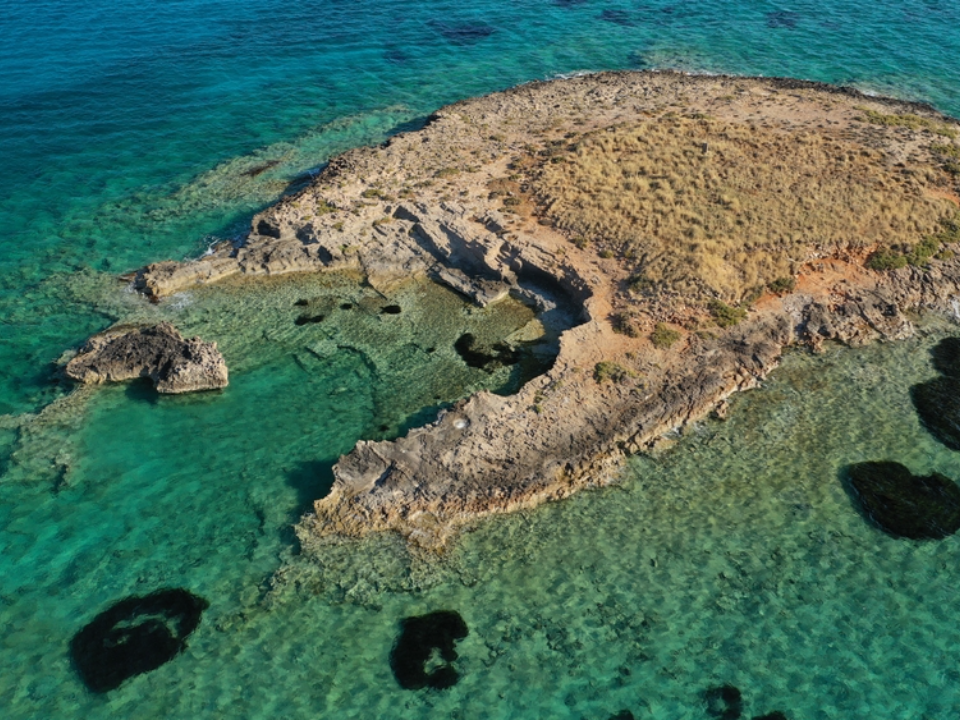
Pavlopetri, located off the coast of southern Laconia in Greece, is one of the oldest known submerged cities. The city dates back to around 2800 BCE, with its ruins spread across a vast area of the seabed. The discovery of Pavlopetri has been hailed as one of the most important archaeological finds of the 21st century.
Excavations of the site have revealed streets, buildings, and a system of drainage, making it one of the most well-preserved ancient underwater cities. Some believe that the city may have been abandoned due to a natural disaster such as an earthquake or a tsunami. The site is a vital piece of the puzzle when it comes to understanding the ancient Greek world and its early civilizations.
Yonaguni Monument, Japan
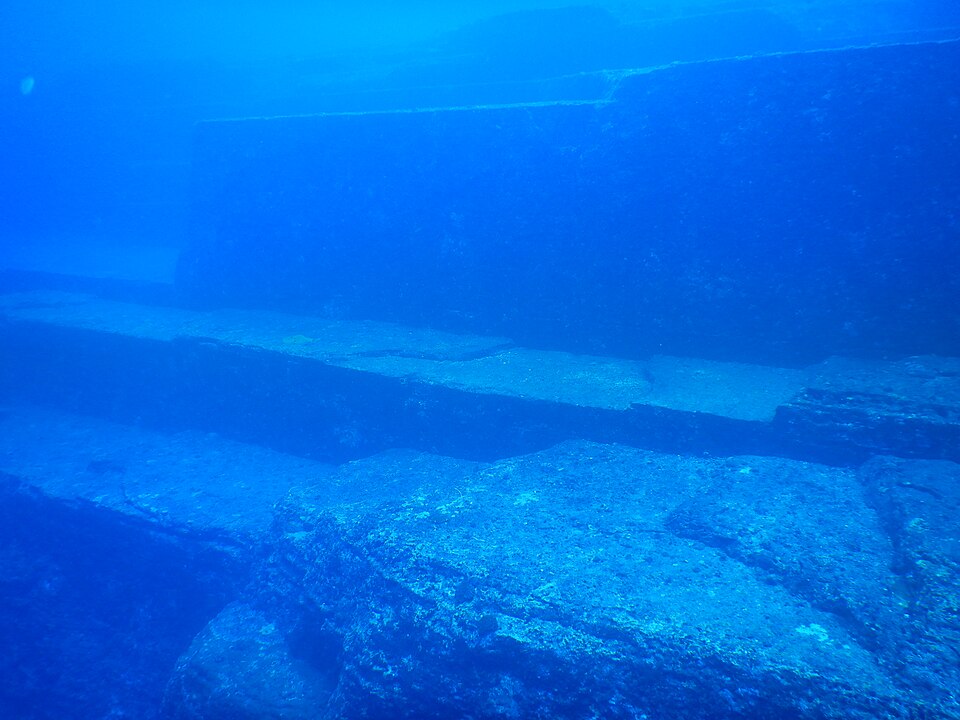
Located off the coast of Yonaguni, Japan, the Yonaguni Monument is a submerged rock formation that has intrigued researchers for decades. The formation features terraced steps and sharp right angles, resembling the remains of a man-made structure. Although some experts argue that the monument is a natural formation, others believe it could be the remains of an ancient civilization.
Diving expeditions to the site have revealed formations that could have been part of a city or a ceremonial site. If proven to be man-made, the Yonaguni Monument could date back thousands of years, potentially pushing back the history of human civilization in the region. The mystery of Yonaguni continues to spark debates about ancient cultures and their capabilities.
The City of Dwarka, India

The ancient city of Dwarka, mentioned in Hindu texts as the kingdom of Lord Krishna, is said to have been submerged into the Arabian Sea thousands of years ago. Archaeological explorations off the coast of Gujarat have uncovered underwater structures, including walls, pillars, and roads, which may be remnants of this legendary city.
According to local legends, Dwarka was a prosperous city that was eventually swallowed by the sea. The discovery of submerged ruins has sparked theories about the city’s real historical existence. While some scholars argue the city might be mythical, the underwater ruins suggest there could be a kernel of truth to the tales.
Port Royal, Jamaica
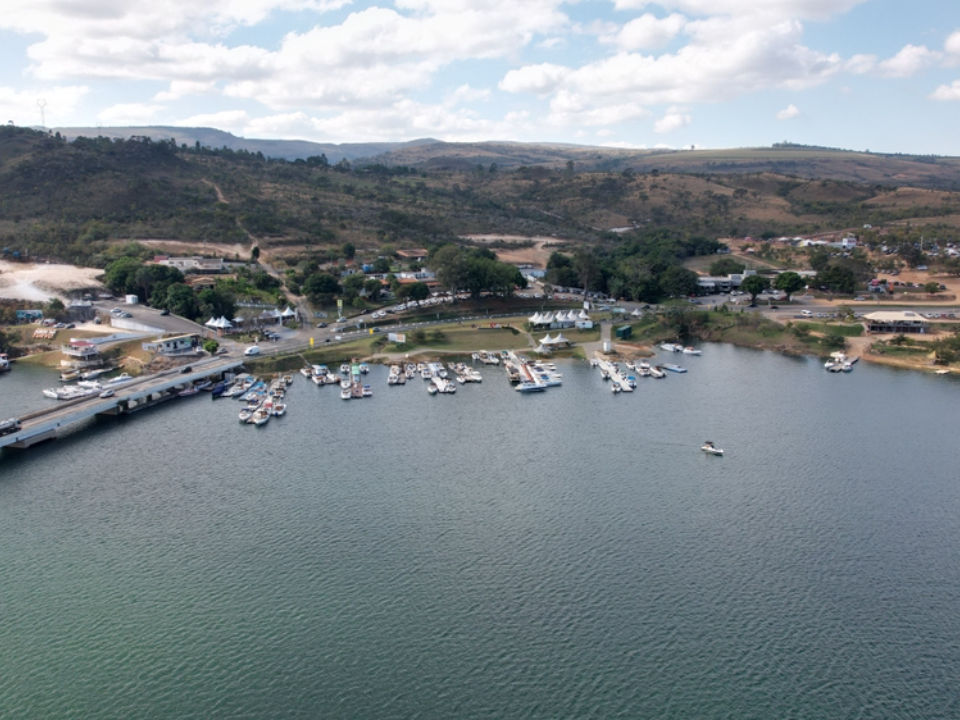
Port Royal, once known as the “wickedest city on earth,” was a prosperous and notorious pirate haven in the late 17th century. It was located at the mouth of the Kingston Harbor in Jamaica. A devastating earthquake in 1692 led to much of the city sinking into the sea, taking with it treasure, buildings, and people.
Underwater excavations have revealed remnants of the once-thriving port, including well-preserved shipwrecks, cannons, and artifacts from the pirate era. Port Royal was a crucial hub for trade and piracy, and the discovery of its sunken remains offers an extraordinary glimpse into its storied past. The site remains a popular location for archaeological and diving explorations.
Cleopatra’s Palace, Egypt

Cleopatra’s Palace, located in Alexandria, is believed to have been partially submerged into the Mediterranean Sea after a series of earthquakes around 2,000 years ago. The palace was once a center of power and opulence, home to Cleopatra VII, the last active ruler of the Ptolemaic Kingdom of Egypt.
Underwater excavations have unearthed statues, jewelry, and a treasure trove of artifacts from the royal palace. The findings have led to the belief that the palace’s location could have been even grander than previously thought. Cleopatra’s Palace continues to be one of the most famous underwater archaeological sites in Egypt.
Shicheng, China
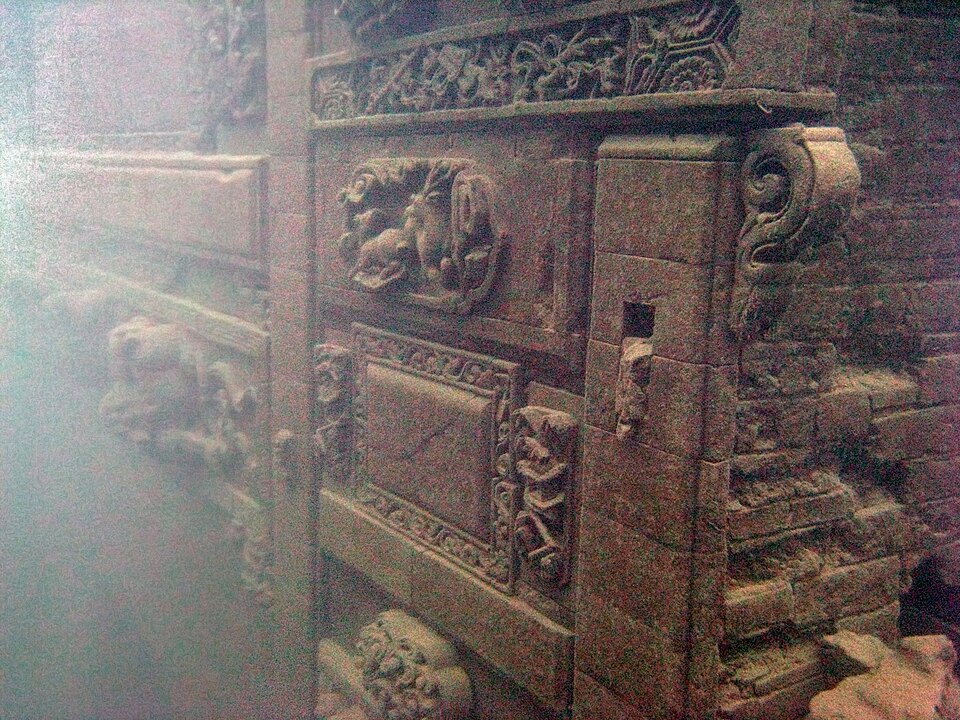
Shicheng, also known as the “Lion City,” is an ancient city submerged beneath the Qiandao Lake in Zhejiang Province, China. The city, which dates back to the Eastern Han Dynasty, was deliberately flooded in 1959 to create a reservoir. Beneath the water, well-preserved structures, streets, and ancient buildings can still be seen.
Divers have explored the submerged city, revealing its unique architecture and layout. Shicheng’s preservation under the water offers a rare glimpse into ancient Chinese urban planning and cultural development. The city is often referred to as the “Chinese Atlantis” due to its mystical allure and historical importance.
Baia, Italy
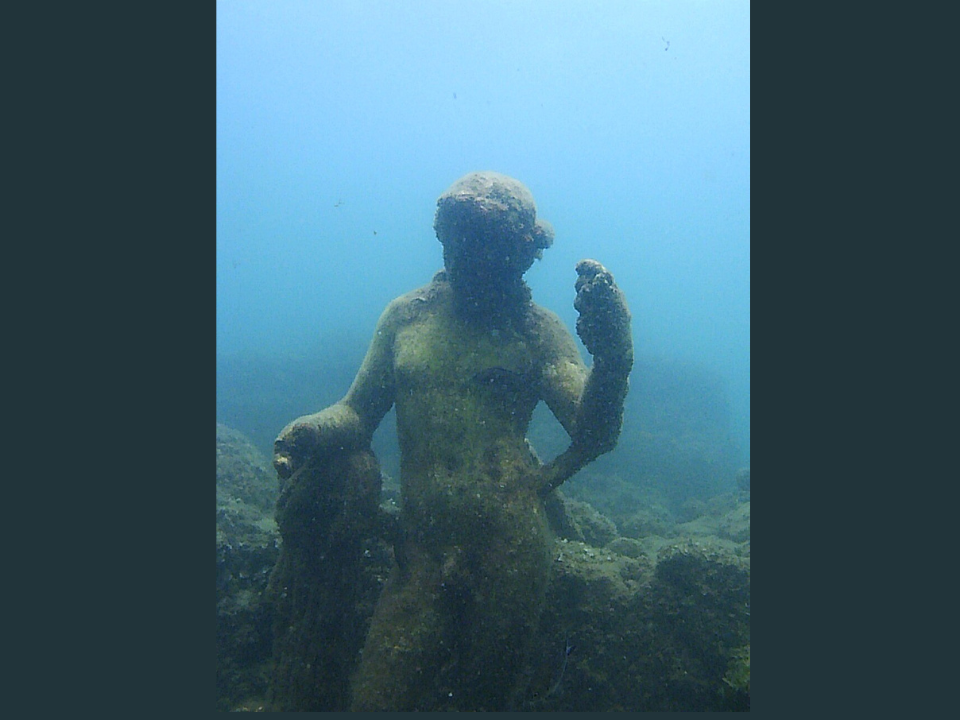
Baia, an ancient Roman city located near Naples, was once known for its luxurious villas, thermal baths, and as a retreat for the Roman elite. Due to volcanic activity and rising sea levels, much of the city sank into the sea, leaving behind stunning remnants that have since been submerged. Today, Baia is a popular destination for underwater archaeology and diving enthusiasts.
The sunken ruins of Baia offer a fascinating view into the opulent lifestyle of ancient Roman society. Submerged mosaics, statues, and remnants of grand villas can be explored today, giving insight into the wealth and culture of the time. Baia continues to be a treasure trove of underwater archaeological discoveries.
Olous, Crete

Olous, an ancient city located on the northern coast of Crete, is thought to have sunk into the sea due to a combination of earthquakes and rising sea levels. This once-thriving city, which dates back to the Minoan civilization, was an important center for trade and culture.
Excavations of the site have revealed impressive ruins, including temples, houses, and a harbor that indicates the city’s once-central role in the ancient world. Olous is one of the many Minoan cities that demonstrate the extent of this ancient civilization’s maritime influence. The sunken city is a fascinating window into Crete’s rich history.
This article originally appeared on Avocadu.
